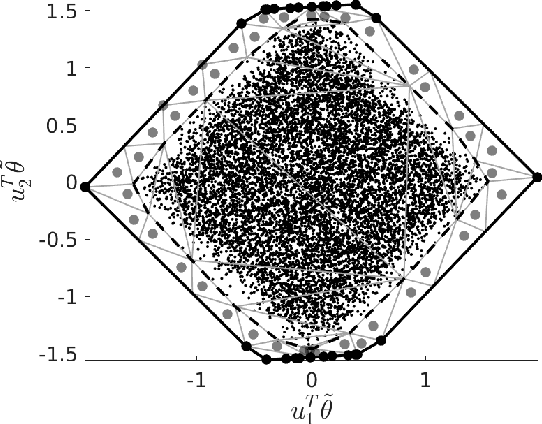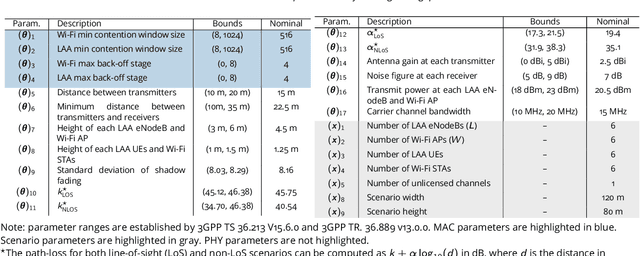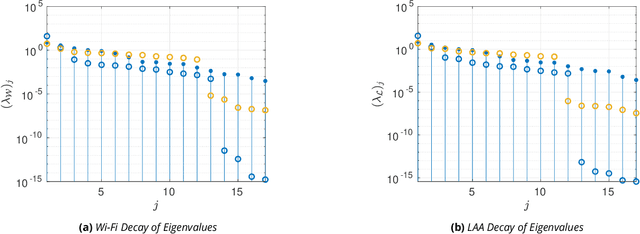Zachary Grey
Explainable Binary Classification of Separable Shape Ensembles
Oct 16, 2024



Abstract:Materials scientists utilize image segmentation of micrographs to create large curve ensembles representing grain boundaries of material microstructures. Observations of these collections of shapes can facilitate inferences about material properties and manufacturing processes. We seek to bolster this application, and related engineering/scientific tasks, using novel pattern recognition formalisms and inference over large ensembles of segmented curves -- i.e., facilitate principled assessments for quantifying differences in distributions of shapes. To this end, we apply a composite integral operator to motivate accurate and efficient numerical representations of discrete planar curves over matrix manifolds. The main result is a rigid-invariant orthonormal decomposition of curve component functions into separable forms of scale variations and complementary features of undulation. We demonstrate how these separable shape tensors -- given thousands of curves in an ensemble -- can inform explainable binary classification of segmented images by utilizing a product maximum mean discrepancy to distinguish the shape distributions; absent labelled data, building interpretable feature spaces in seconds without high performance computation, and detecting discrepancies below cursory visual inspections.
Multi-Criteria Radio Spectrum Sharing With Subspace-Based Pareto Tracing
Aug 23, 2021



Abstract:Radio spectrum is a high-demand finite resource. To meet growing demands of data throughput for forthcoming and deployed wireless networks, new wireless technologies must operate in shared spectrum over unlicensed bands (coexist). As an example application, we consider a model of Long-Term Evolution (LTE) License-Assisted Access (LAA) with incumbent IEEE 802.11 wireless-fidelity (Wi-Fi) systems in a coexistence scenario. This scenario considers multiple LAA and Wi-Fi links sharing an unlicensed band; however, a multitude of other scenarios could be applicable to our general approach. We aim to improve coexistence by maximizing the key performance indicators (KPIs) of two networks simultaneously via dimension reduction and multi-criteria optimization. These KPIs are network throughputs as a function of medium access control (MAC) protocols and physical layer parameters. We perform an exploratory analysis of coexistence behavior by approximating active subspaces to identify low-dimensional structure in the optimization criteria, i.e., few linear combinations of parameters for simultaneously maximizing LAA and Wi-Fi throughputs. We take advantage of an aggregate low-dimensional subspace parametrized by approximate active subspaces of both throughputs to regularize a multi-criteria optimization. Additionally, a choice of two-dimensional subspace enables visualizations augmenting interpretability and explainability of the results. The visualizations and approximations suggest a predominantly convex set of KPIs over active coordinates leading to a regularized manifold of approximately Pareto optimal solutions. Subsequent geodesics lead to continuous traces through parameter space constituting non-dominated solutions in contrast to random grid search.
 Add to Chrome
Add to Chrome Add to Firefox
Add to Firefox Add to Edge
Add to Edge